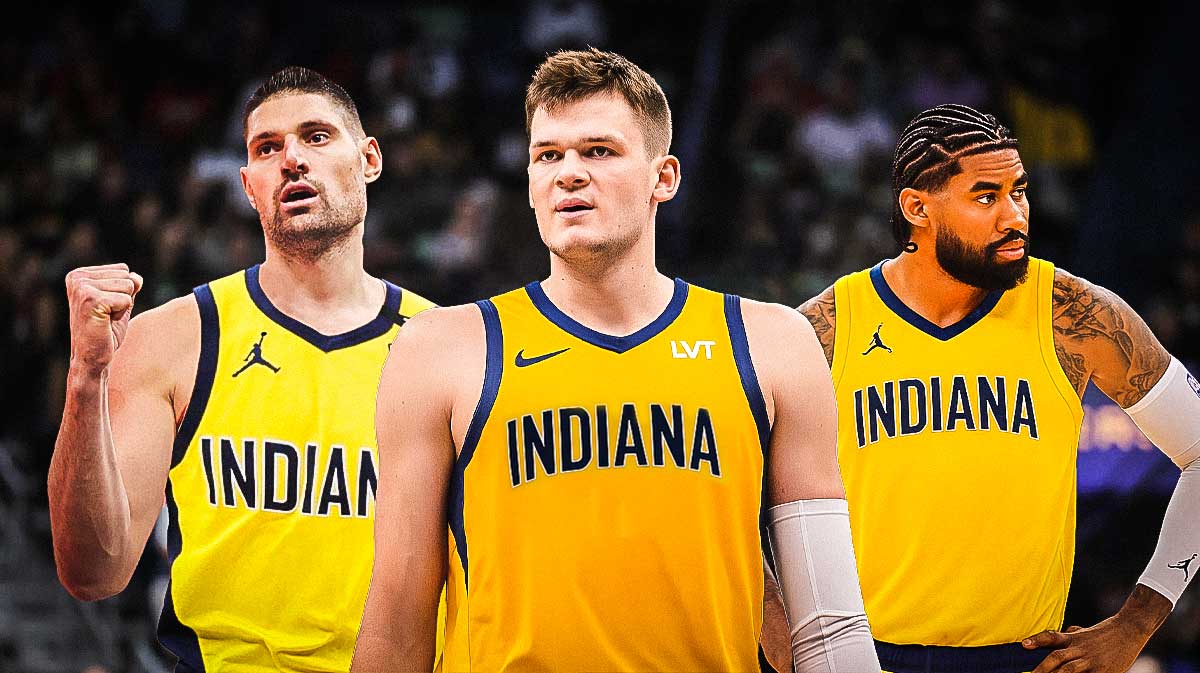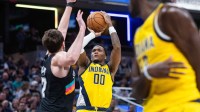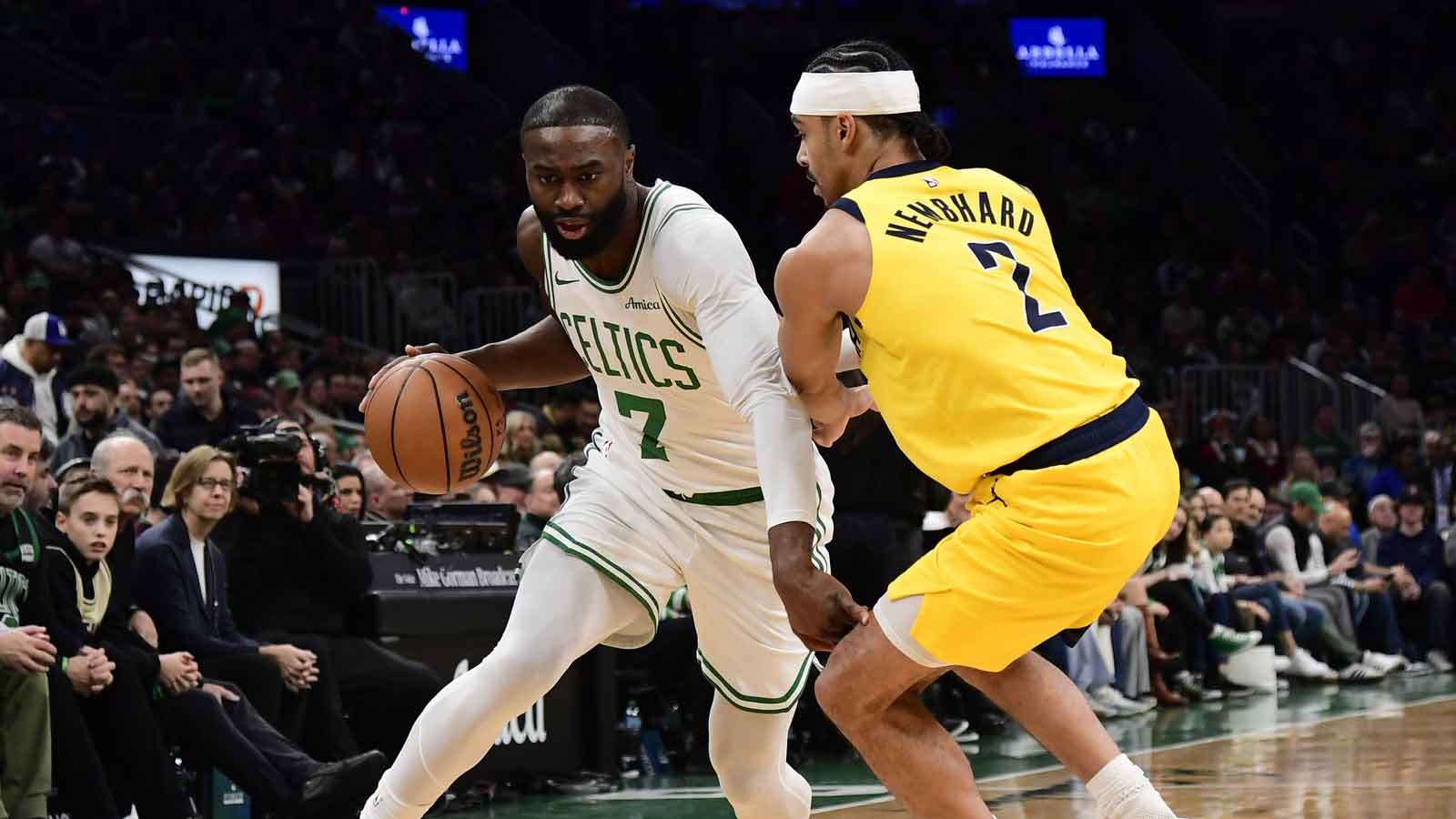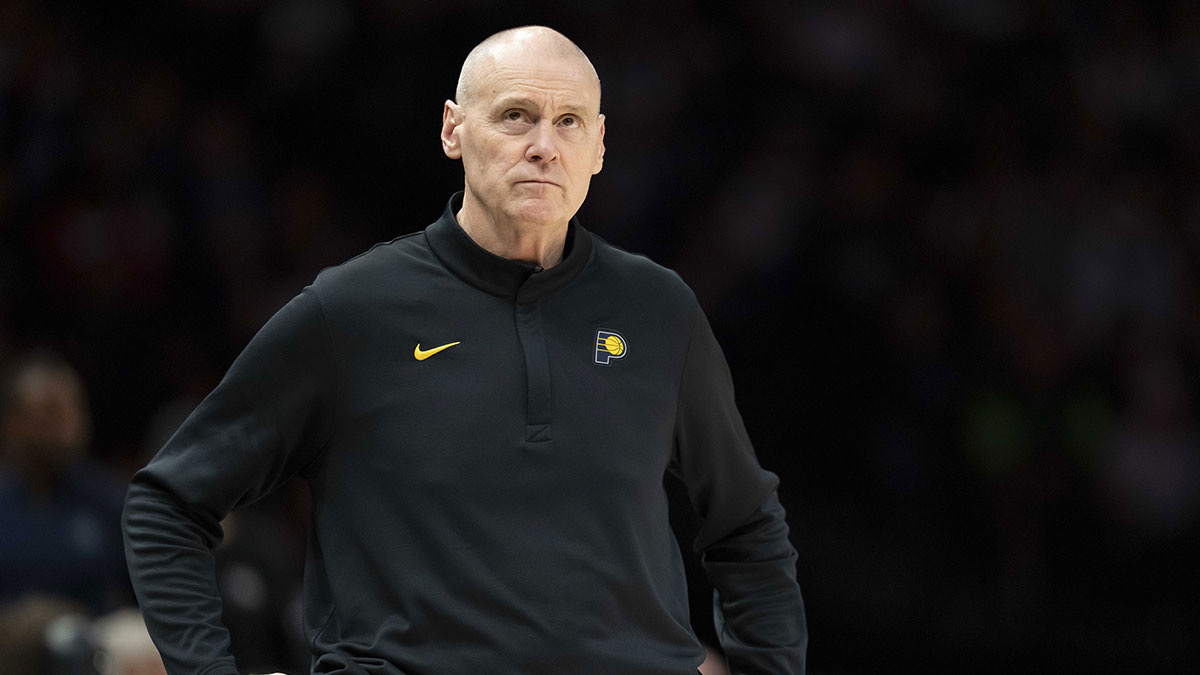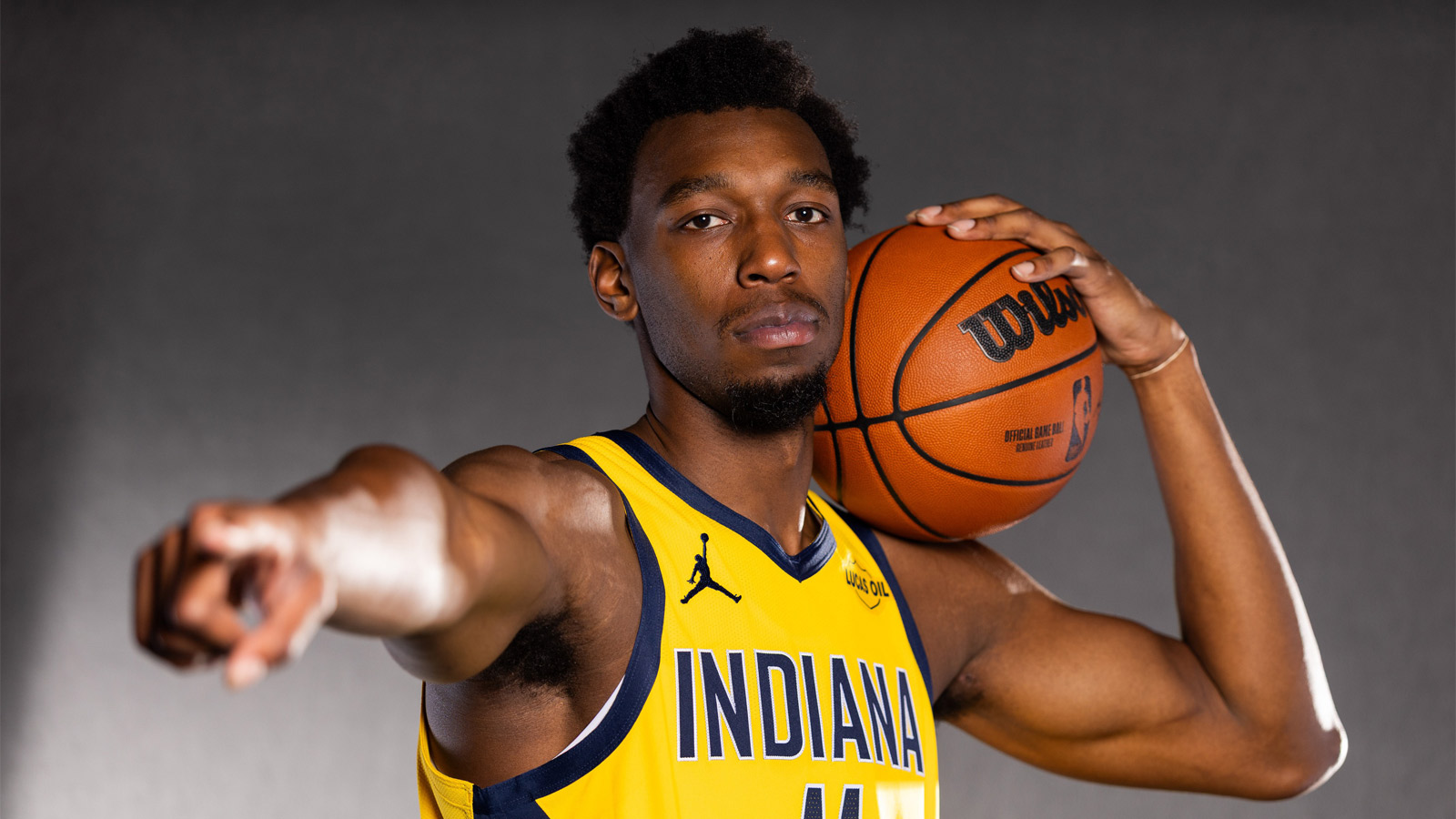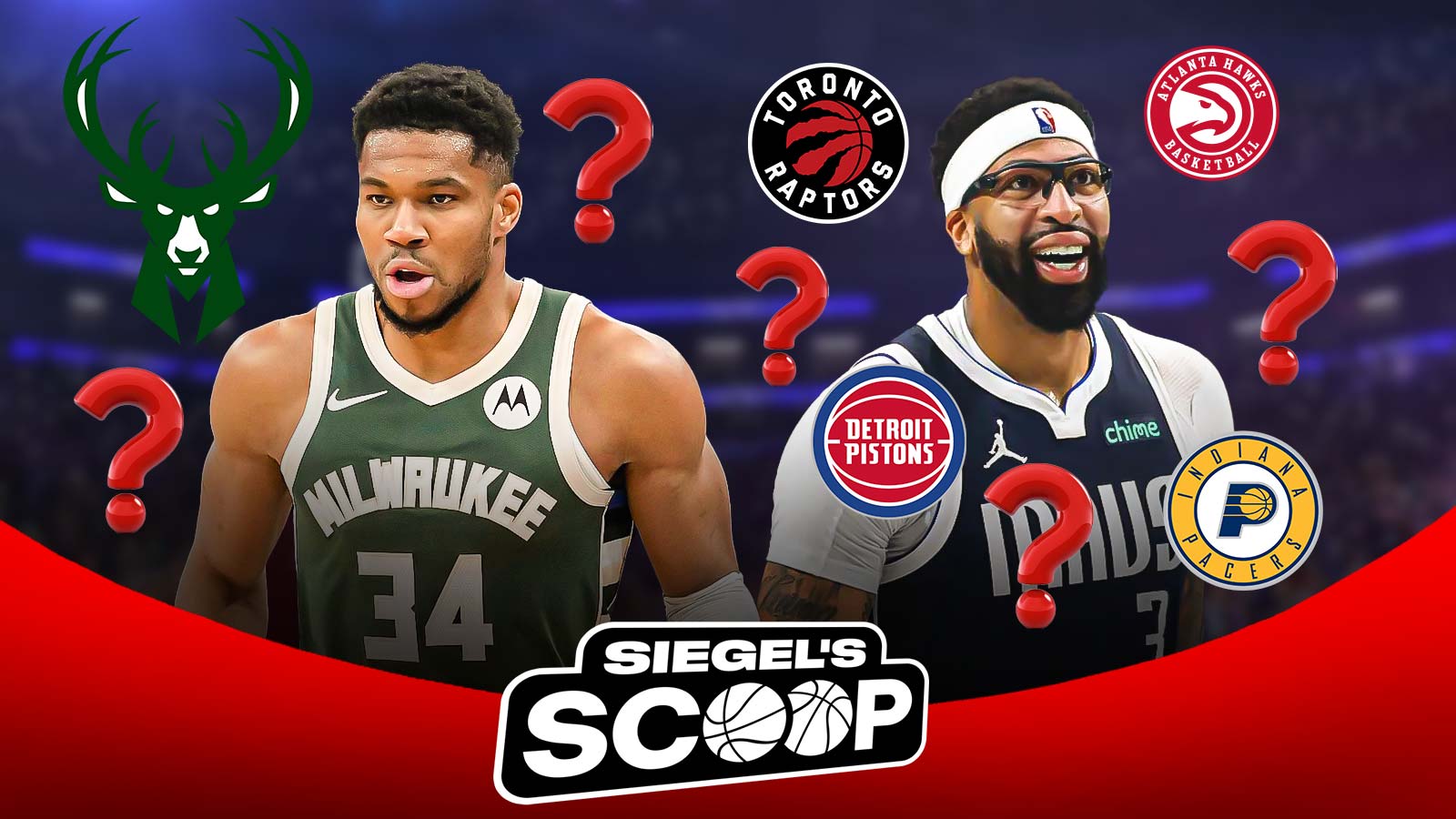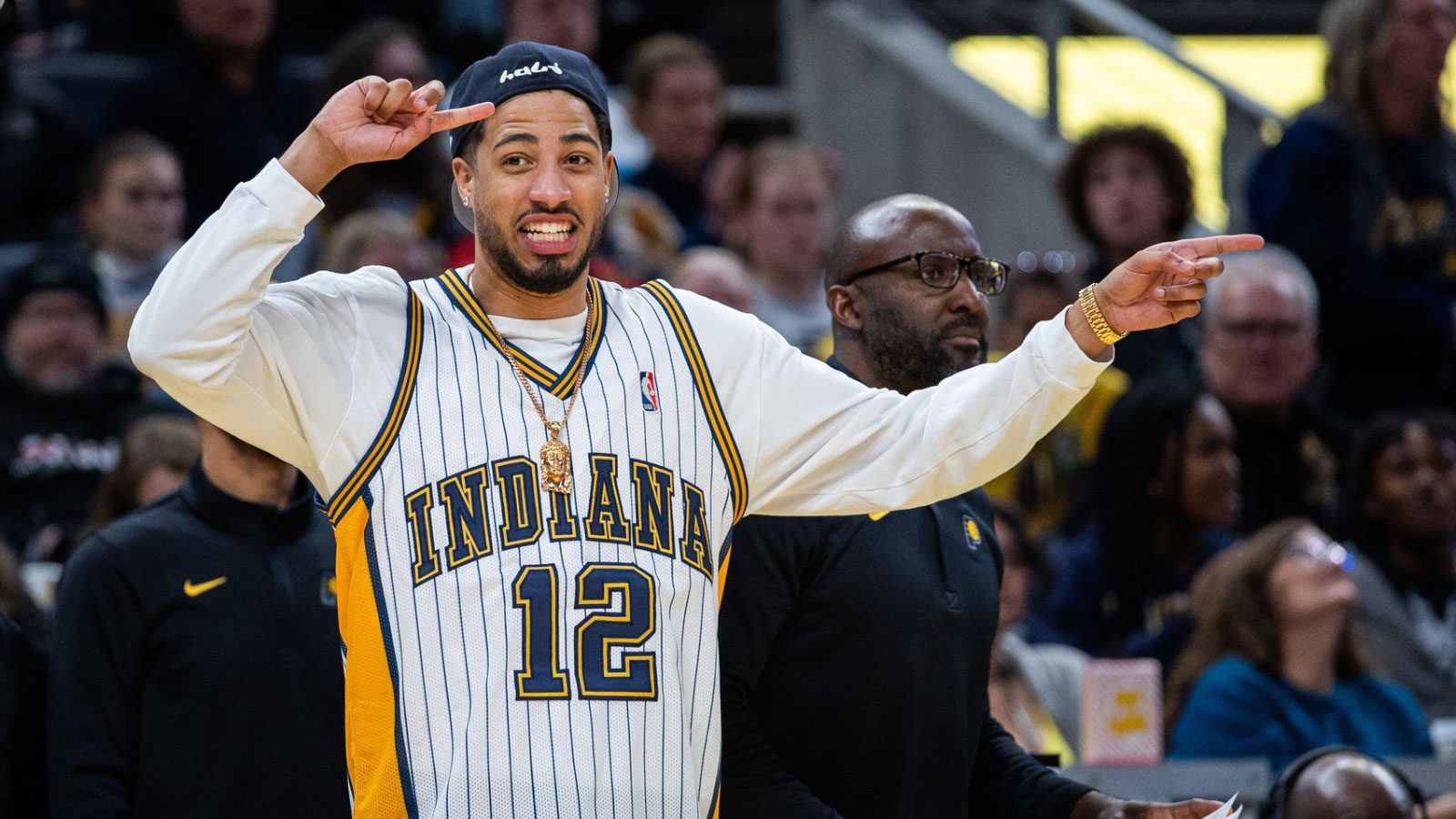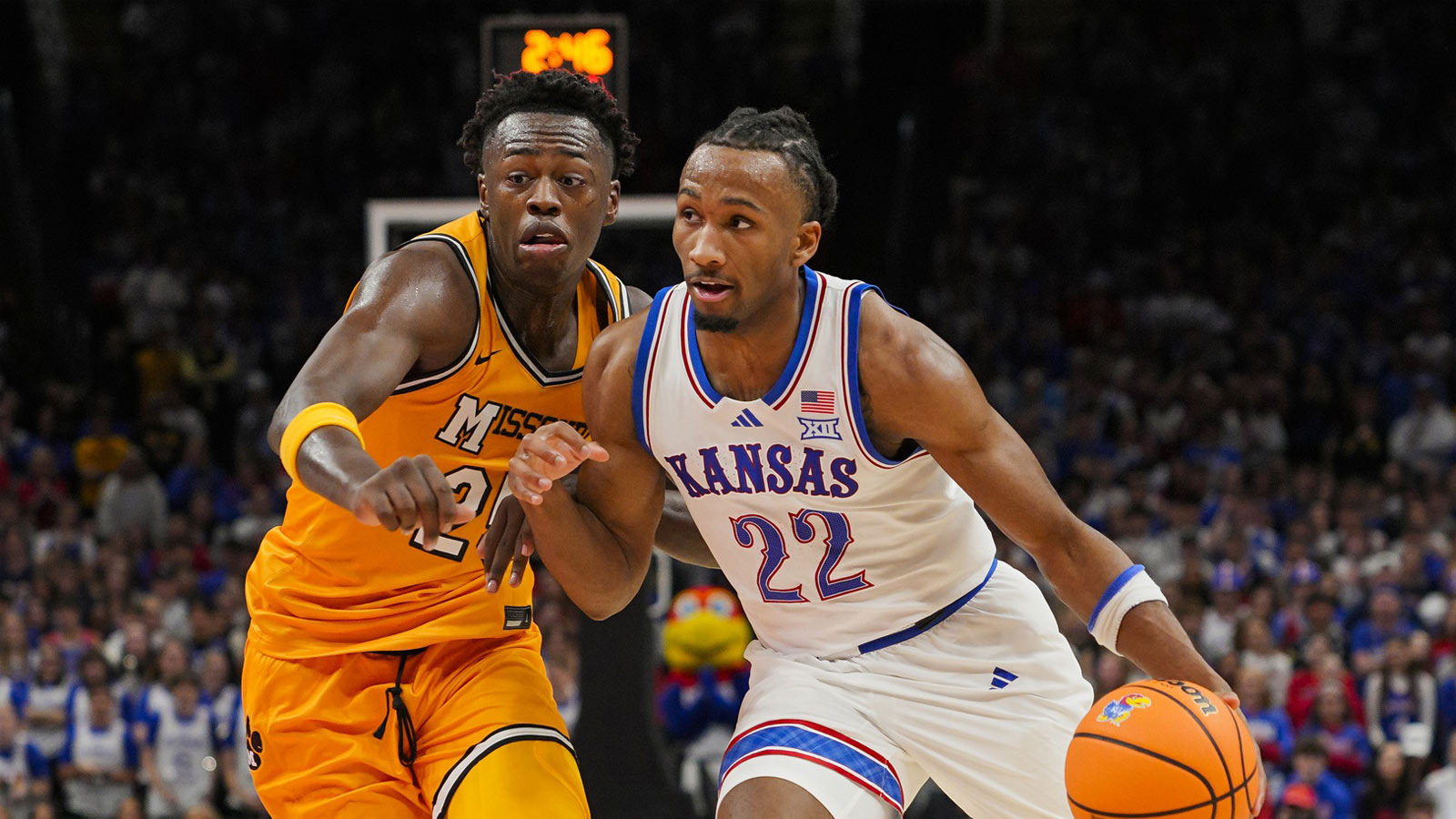The Indiana Pacers enter the 2025-26 season in an unusual position, one that feels like both a step forward and a step back. Last year, Indiana shocked the basketball world by reaching the NBA Finals, pushing the Oklahoma City Thunder to a grueling seven-game series before finally bowing out. For a franchise that had long searched for stability and postseason relevance, this run should have been the launching pad to perennial contention. Instead, the summer delivered a set of blows that have reshaped their outlook for the immediate future.
The first and most devastating setback came with the announcement of Tyrese Haliburton’s Achilles injury. The All-NBA guard, whose blend of playmaking and scoring had elevated Indiana into contender status, will miss the entire season. Without Haliburton orchestrating the offense, the Pacers lose their most valuable engine, and their identity as one of the league’s most dynamic fast-paced attacks is bound to suffer. To make matters worse, long-time anchor Myles Turner departed in free agency, signing with the Milwaukee Bucks. Turner’s combination of rim protection, floor-spacing, and defensive leadership leaves an enormous void in the Pacers’ rotation.
Indiana’s offseason moves were pragmatic but uninspiring. They retained depth pieces like Isaiah Jackson, Quenton Jackson, James Wiseman, and Tony Bradley, ensuring that the roster maintained some continuity. Yet none of these re-signings fundamentally alter their ceiling in a season where their star is sidelined. The reality is that Indiana is unlikely to compete for a top seed in the Eastern Conference this year. And yet, the East itself is not as daunting as it once was.
With Milwaukee aging, Philadelphia in flux, and Boston carrying heavy tax concerns, the conference hierarchy is unsettled. That opens the door for a team like Indiana to hover around the play-in mix, while also keeping its long-term vision intact.
The Pacers don’t need to panic and chase immediate wins, but they cannot allow this season to be wasted entirely. With Pascal Siakam still in his prime and Haliburton expected to return next year, it makes sense to look for trades that bolster the frontcourt and position the team for a bounce-back campaign in 2026. Three names stand out as logical targets: Nikola Vučević, Walker Kessler, and Nick Richards. Each brings a different skill set and timeline, but all would help stabilize the Pacers’ rotation in the post-Turner era.
Nikola Vučević: A veteran stopgap with offensive upside
One of the biggest voids left by Myles Turner’s departure is reliable frontcourt scoring. Pascal Siakam remains the offensive focal point, but without Turner’s ability to stretch the floor and occasionally carry scoring bursts, Indiana risks overloading Siakam with responsibilities. Nikola Vučević could emerge as a prime target for Indiana, offering both immediate stability and veteran leadership.
BREAKING NEWS🚨: Orlando Magic legend Nikola Vucevic has retired from international play but will continue in the NBA
Magic fans whats your favorite Nikola Vucevic memory?
Personally I just love beating the Lakers and nothing beats hearing the iconic “PURE MAGIC!” #orlandomagic pic.twitter.com/q25I8jkHjc— Hollywood🎙️🪄 (@jsthollywood407) September 3, 2025
Vučević, now in his mid-thirties, is not the All-Star force he once was in Orlando, but his skill set remains valuable. As a big man who can score with his back to the basket, step out for midrange jumpers, and even stretch the defense with three-point shooting, he fits naturally alongside Siakam. Offensively, he would give Indiana a reliable option in half-court sets, an area where the team will undoubtedly struggle without Haliburton’s elite playmaking. His ability to operate as a high-post facilitator also provides versatility, creating opportunities for cutters like Bennedict Mathurin and Andrew Nembhard.
Defensively, Vučević is no Turner; he lacks the rim protection and mobility to anchor an elite unit. But in a season where Indiana is more focused on finding a workable structure than contending for a title, that limitation is acceptable. Vučević’s presence would allow the Pacers to develop their young guards without overwhelming them, while also keeping the offense competitive enough to avoid spiraling down the standings.
Walker Kessler: A long-term defensive anchor
While Vučević offers short-term scoring, Walker Kessler represents the opposite end of the spectrum: a defensive anchor who could form the backbone of Indiana’s next great team. Since entering the league, Kessler has been one of the most promising young rim protectors, displaying elite shot-blocking instincts and the ability to control the paint. His trajectory was slowed by inconsistency and a crowded frontcourt in Utah, but a trade to Indiana would give him the platform to grow into a long-term starter.
The way that Walker Kessler weaponizes his mobility as a shot blocker is really fun to watch
The Sheriff covers ground extremely well for his size, and is good at reacting quickly pic.twitter.com/U5KqzltS2Q
— Jazz Lead (@JazzLead) August 30, 2025
Kessler’s appeal lies in his ability to replicate some of what Myles Turner provided defensively. With Haliburton out, the Pacers are going to face a lot of pressure defensively, as their offense will naturally regress. Kessler’s shot-blocking and rebounding would immediately improve Indiana’s interior defense, an area where its current big man rotation lacks credibility. Pairing him with Siakam would also give the Pacers a versatile frontcourt. Siakam could handle switching onto wings, while Kessler protects the rim.
Offensively, Kessler is limited, but his rim-running ability and offensive rebounding are useful. He would thrive in pick-and-roll actions with Nembhard or even Mathurin, and in time, his finishing could become a more consistent weapon. More importantly, he fits the timeline of Haliburton and Mathurin, giving Indiana a young core that can grow together. Acquiring Kessler might be costly, given Utah’s leverage, but if the Pacers view him as a franchise cornerstone at center, the price could be worth paying.
Nick Richards: A balanced and affordable solution
Between the high-cost, long-term upside of Kessler and the short-term reliability of Vučević lies Nick Richards, a center who has quietly carved out a reputation as a productive role player. For Indiana, he represents the kind of balanced option that could stabilize their frontcourt without mortgaging significant assets.
Nick Richards DOMINATED in his debut 😈
21 PTS
11 REB
7-8 FG
7-9 FT
+ 22 pic.twitter.com/hAbqTNqg0R— PHNX Suns (@PHNX_Suns) January 18, 2025
Richards brings a mix of physicality and efficiency that would immediately benefit Indiana’s rotation. He runs the floor hard, finishes plays with authority, and provides consistent energy on the glass. Unlike Wiseman, who remains a developmental gamble, Richards is a plug-and-play option who can give Indiana solid minutes night in and night out. His presence would also take pressure off Isaiah Jackson, who has flashed promise but may not be ready for a full-time starting role.
From a financial standpoint, Richards is also appealing. His contract is team-friendly, and he would not require a massive investment in either salary or trade assets. For a team like Indiana, which must balance its books carefully while preparing for Haliburton’s eventual return, that matters. Richards may not have the ceiling of Kessler or the offensive pedigree of Vučević, but he offers a steady middle ground that could keep Indiana competitive this season while providing a reliable rotation piece for the future.
Where the Pacers stand in a weakened East?
In a stronger Eastern Conference, the Pacers’ outlook without Haliburton and Turner might be grim. But the current landscape offers them an opportunity to remain relevant. Boston and Milwaukee are still formidable, but both have vulnerabilities. Philadelphia remains volatile, while teams like Cleveland, New York, and Miami are competitive but not invincible. That leaves room for Indiana to stay afloat, especially if Siakam maintains his All-NBA form and the supporting cast takes incremental steps forward.
The key for Indiana is not to chase a short-lived playoff push this season, but to strike a balance between competitiveness and future planning. That’s why targeting centers like Vučević, Kessler, and Richards makes sense: they each represent different strategies, but all fill the same pressing need. Vučević helps Indiana survive the year and supports Siakam, Kessler offers a long-term anchor for when Haliburton returns, and Richards provides an affordable balance of both.
This season may not end in another Finals run, but it can serve as a bridge year, one where the Pacers remain competitive in a weakened East, experiment with different frontcourt fits, and position themselves for a resurgence in 2026. With Haliburton eventually returning, and with the right trade target at center, Indiana’s story is far from finished.

